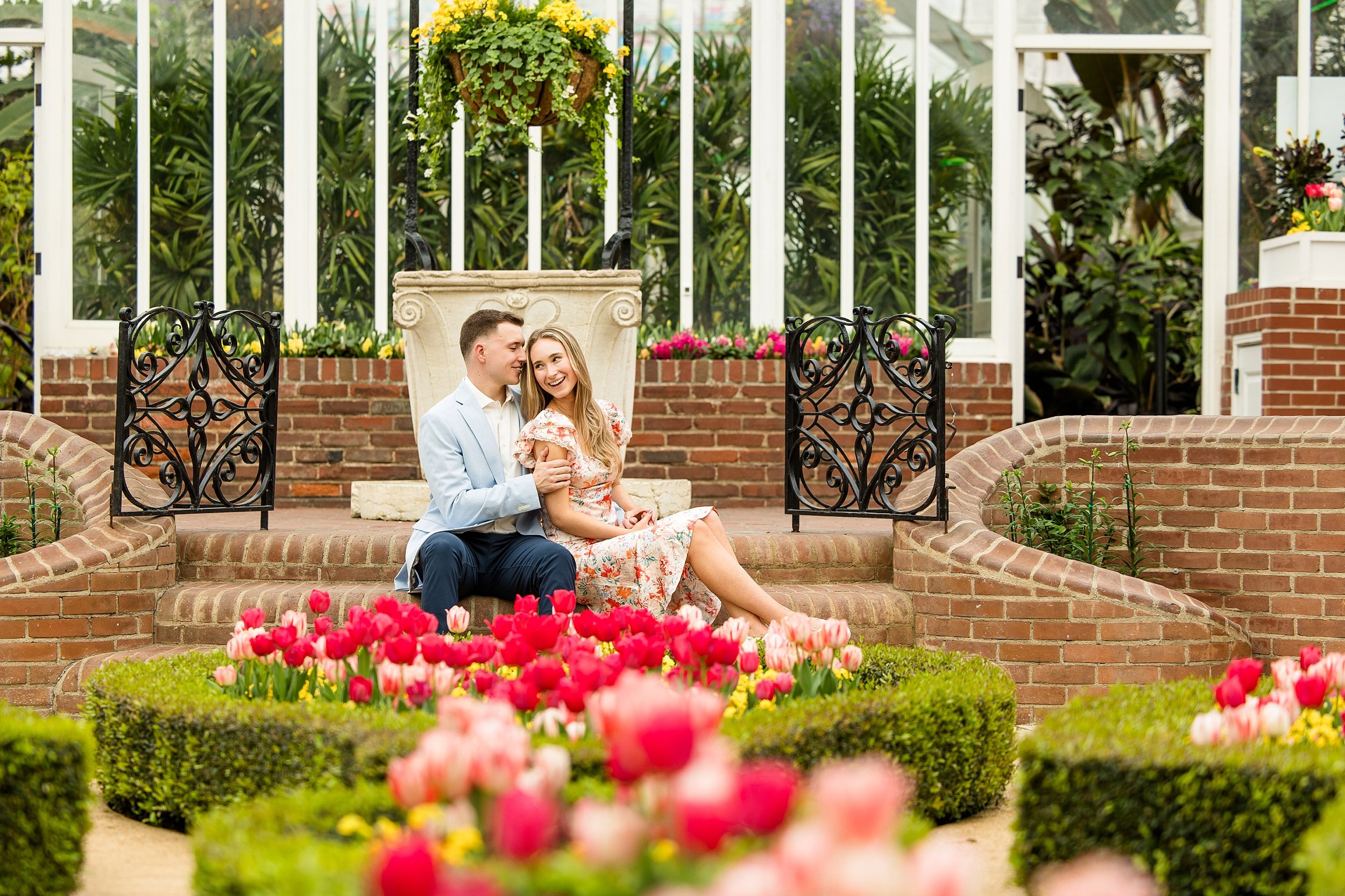When it comes to wedding photography, what brides and grooms might be looking for out of their wedding photos can be very broad from couple to couple. Every couple has must have shots (i.e., the things that happen at every single wedding - the first kiss, first dance, parent dances, etc.), but then there are other photos that might not be as obvious - photos that are based more on preference or details specific to that couple (i.e., a photo of the couple dipping in front of their reception venue, a photo of the bride with her great Aunt Suzie, etc.). As a wedding photographer, it’s my job to capture not only the must-have photos that happen at every wedding day, but also the small details, relationships, and specific photos that might not be so obvious.
To do this, I like to practice three specific things - communication, coordination, and cooperation, all of which must be strong between me and my clients. In this blog post, I’m going to break down how practicing each of these three C’s with my clients has helped me create & capture images that my clients love!
Communication
Good communication is an essential building block for any relationship, including a photographer-client relationship. I love spending time getting to know my clients, whether through Zoom at an initial consult meeting, at their engagement session, or on phone calls leading up to their wedding day discussing details. This helps me get a better idea of who they are as a couple, what their like and dislike are, what prompts/direction they respond best to (or don’t respond to at all!), and ultimately helps me figure out how to best photograph them in a way that’s true to who they are. I love when couples give me multiple opportunities to get to know them, because it helps me serve them all the better!
Leading up to the wedding day, communication becomes even more important. There are SO MANY details to communicate about when it comes to a wedding day - addresses for the reception and ceremony, other vendors who will be involved in the day, start and end times, VIP’s, family members, must-have photos, family formal combinations, special details - the list goes on and on! I like to collect all of this information via an online questionnaire that my clients fill out, that is then submitted to me (about 2 to 3 months before the wedding day). This allows me to have all of that information in one place, straight from the bride and/or groom. I can refer to this questionnaire whenever I want! Leading up to the wedding day, I use this questionnaire to create the wedding day timeline, which leads me to my next C - Coordination.
2. Coordination
After communication comes coordination, and there can’t be much coordination of the photo timeline for the wedding day without solid communication!
The first part of coordination happens before the wedding day. Once I receive all of the details about a wedding day from a bride & groom, I take those details and create a master photo timeline. This is my guide for the couple’s wedding day, and allows me to create a game plan for their timeline to make sure we are able to get ALL of the photos they are hoping for! I love when my couples rely on me to help them create their wedding timeline, because I know from experience (10 years of weddings as of 2022!) how much time certain things on a wedding day take… and it’s usually longer than most think!
For example: does it usually take 2 minutes for you to get into your outfit for the day before work? That’s great! But on your wedding day, it will take longer. You may have buttons on the back of your dress, which can take a lengthier amount of time to complete. You might have special jewelry you’ll be wearing, or shoes that have clasps that you’re not used to - not to mention a veil to put in! I encourage my brides to leave 15 to 20 minutes just for getting into their wedding day attire. Sometimes it takes less time, and sometimes it takes more, but that is the average!
Other things that can take additional time on a wedding day are: travel between locations, bustling the dress, restroom breaks, walking between photo locations, receiving lines, first looks with a family member or the wedding party, and even more! Coordinating a solid game plan prior to the wedding day that both me and my couple are on the same page with is key to ensuring that we have enough time to get all of the photos we need, and that the couple, family, and bridal party don’t feel rushed while completing those photos.
The second part of coordination happens on the actual wedding day with the execution of that timeline. Many weddings I photograph do not have a “day of” coordinator (i.e., someone keeping everyone and everything on time on the wedding day). Some may have a ceremony coordinator or reception event coordinator, but what about everything that happens prior to the ceremony and reception, like making sure the bridesmaids/mother of the bride are dressed before the bride, getting the bride dressed, leaving for the church on time, and any photos that might happen in between? Many times, the photographer steps in to coordinate the timing of these events to make sure the bride, groom, bridal party, and family aren’t running behind. For me - it’s a role I happily take on! I love being able to help in this way, and help my couples stay on track for the day. Even the most laid back wedding needs to have some semblance of a timeline and coordination in order to run smoothly!
3. Cooperation
After the communication and coordination comes cooperation, which pulls all three of these pieces of a client-photographer relationship together. Cooperation together on a wedding day between the couple, bridal party, family, photographer, and other vendors is key to having a fantastic day, and to getting all of the photos you’re hoping for! There are many moving parts on a wedding day, and many opportunities for hiccups. On a wedding day, there are a few specific relationships that I, as a photographer, find the need for cooperation with:
Cooperating with the Couple, Bridal Party & Family - First, with the people I’m photographing. This includes the couple (obviously!), the bridal party, and the family members of the couple. The vast majority of the time, cooperation between me and my couples is very easy (first because the ones I photograph are so amazing!), but also because I’ve had the opportunity to build a relationship with the couple. However, the majority of the time, I’m coming into a wedding day without having met the bridal party or family who will be present, which means I need to take the time to build trust with them prior to directing them around. I love to do this by finding ways to encourage the bridal party and family members as much as I can during the getting ready portion of the day, when my job is a bit more candid. That way, when we come to the parts of the day that I need to direct and take control of a bit more (bridal party portraits, family formals), I have built that trust a bit (at least with the bridesmaids and bride’s family!) and have hopefully gained a bit of their trust.
Family members and the bridal party cooperating with the direction and timing I share helps us continue through the day and get all of the photos that the bride & groom want. Problems can arise if family members wander off to cocktail hour during the family photo portion of the day, which ultimately sets the timeline behind. Sometimes, if the bridal party has had a bit too much to drink, they aren’t paying attention to the direction I’m giving, which makes the photos take a bit longer. I love to try to make the photo portion of the day as quick and painless as possible for the larger groups of people involved (family & bridal party), so when all cooperate, we are able to get through photos faster and get them to the reception even quicker!
Cooperating with Other Vendors - Second, I find the need for cooperation between myself and other vendors. On a wedding day, photographers have the unique opportunity to see MANY of the wedding day vendors - usually beginning in the bridal getting ready suite with the hair/makeup artists, working with the videographer throughout the entire day, the “church lady,” limo driver, and finally the DJ and venue event staff/coordinator. Because we work with so many vendors on a wedding day, it’s important for us to put our best foot forward whenever we are able to, and to try to stay on track for the sake of honoring those other vendors who have put so much time and effort into a couple’s wedding day and who want them to have the best day, too!
It’s important for the bride and groom to be diligent in communication and coordinating between their vendors for the sake of the vendors cooperating well on the wedding day. For example: it’s important to ask your photographer when they would like to start taking photos so the hair and makeup artists know when they need to have the bride, bridesmaids, and mother of the bride ready for photos. If this crucial piece of information is not communicated, it can make the entire day run behind. Another good example is communicating how much time the videographer will need on the wedding day. Will they need any time separate from the photo portion of the day for their own video footage? If so, the photographer should know in advance, since they are usually the ones coordinating the day and creating the timeline! (Note: this might not apply if you are working with a skilled wedding planner who can coordinate multiple vendor timelines). Does the photographer know when the limo will pick you up to take you to the ceremony? Does the reception venue know how much time you will need between the end of the ceremony and beginning of the reception for photos? (Note: always ask your photographer how long portraits will take, don’t assume a time based on what your reception venue tells you! Your photographer is the one creating your wedding photos and knows how long it will take them to get all of the photos you want - not your venue!).
Proper communication and coordination between vendors will result in better cooperation for all parties involved, and will, in turn, help your wedding day run more smoothly!
Thanks for taking the time to read, I hope this post was helpful to you as you plan your wedding day, or help someone else plan theirs! If you are interested in reading more (or in seeing more of my work!) feel feel free to check out additional blog posts below:




